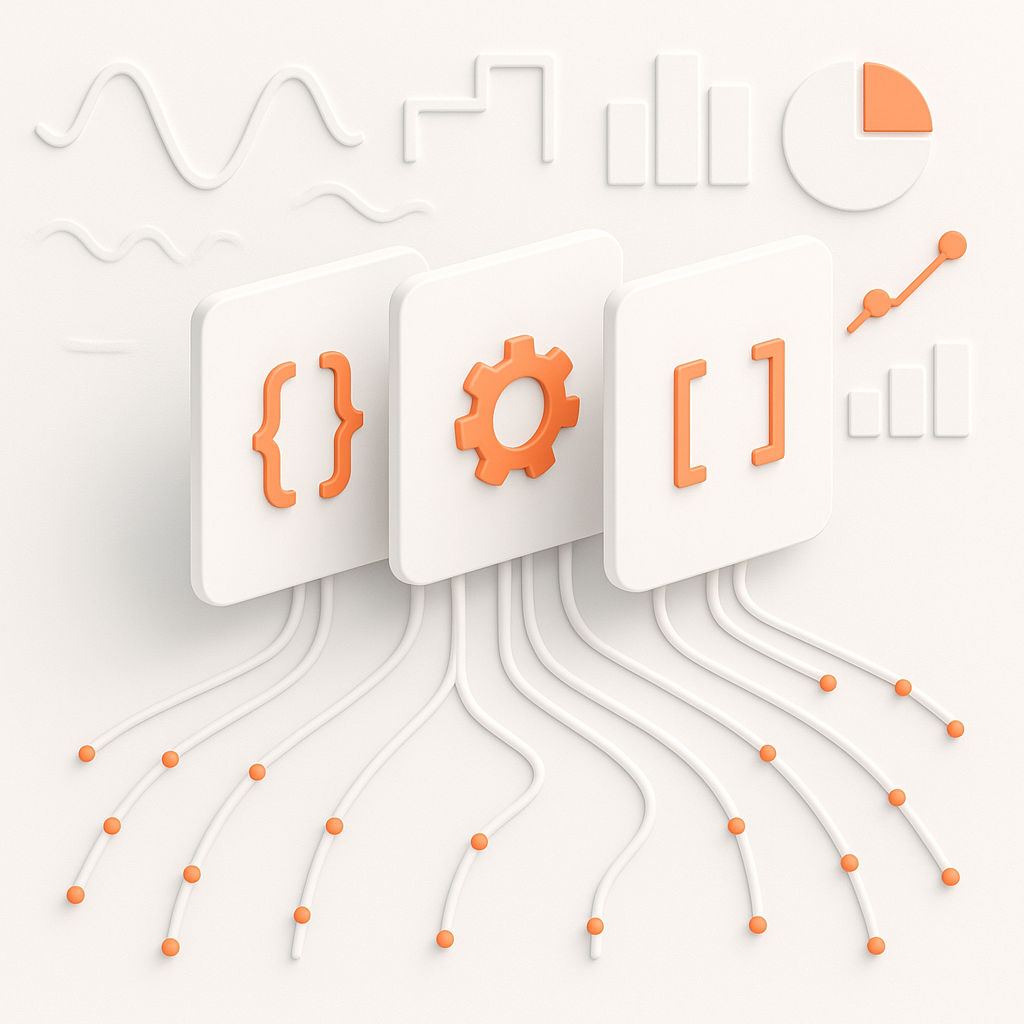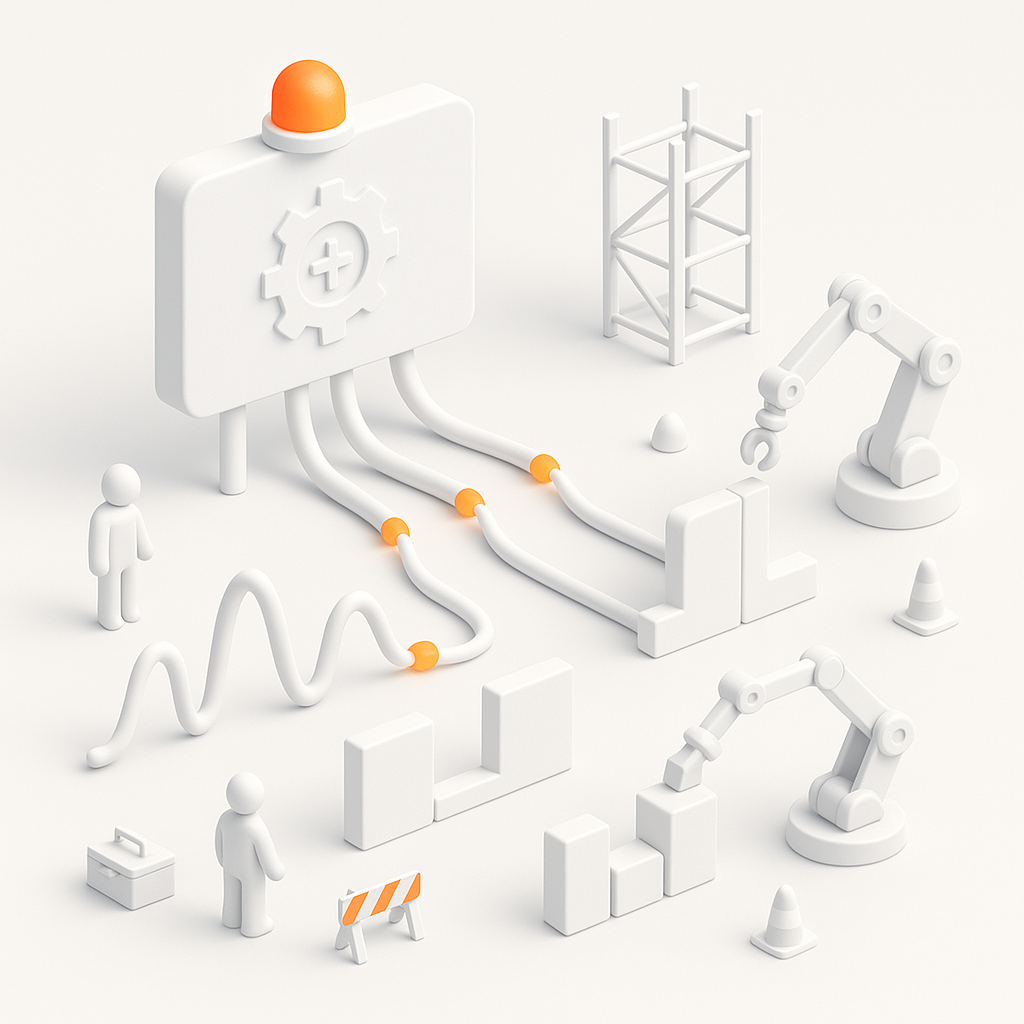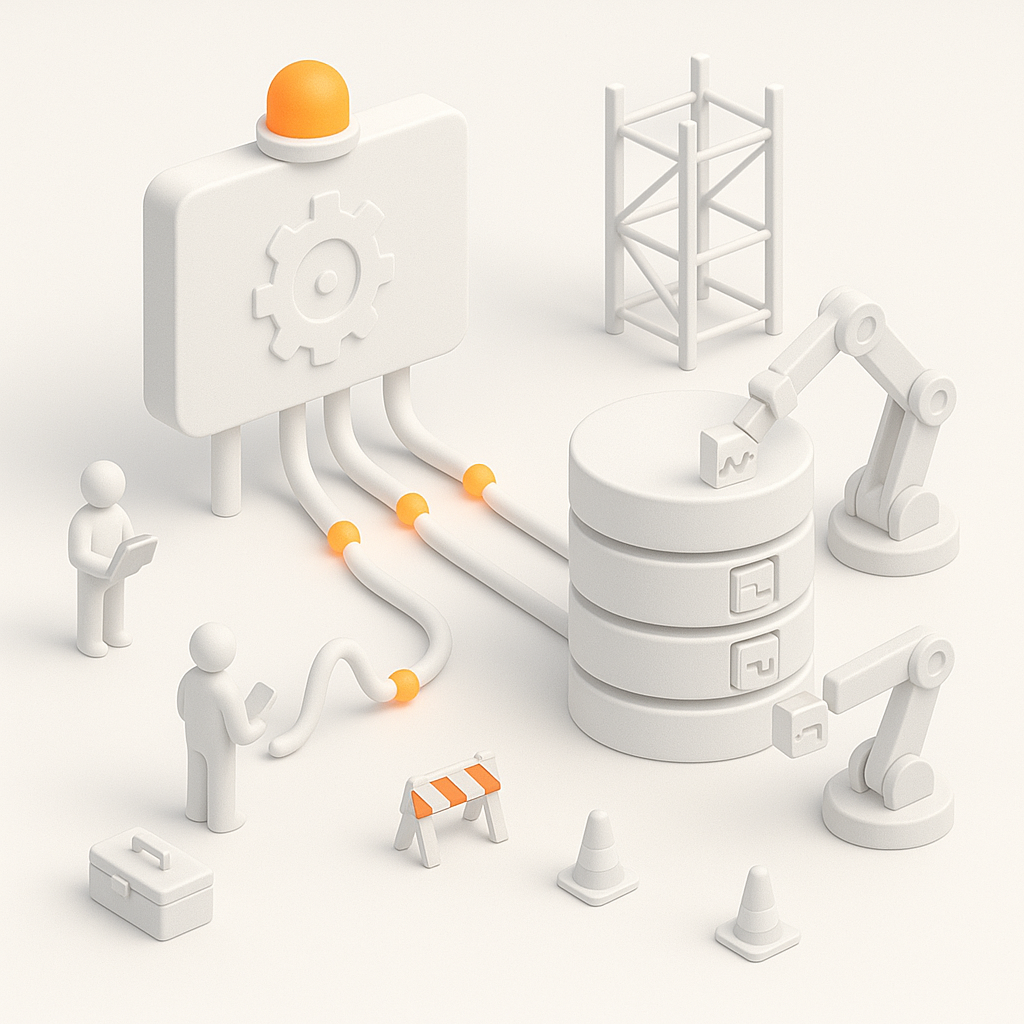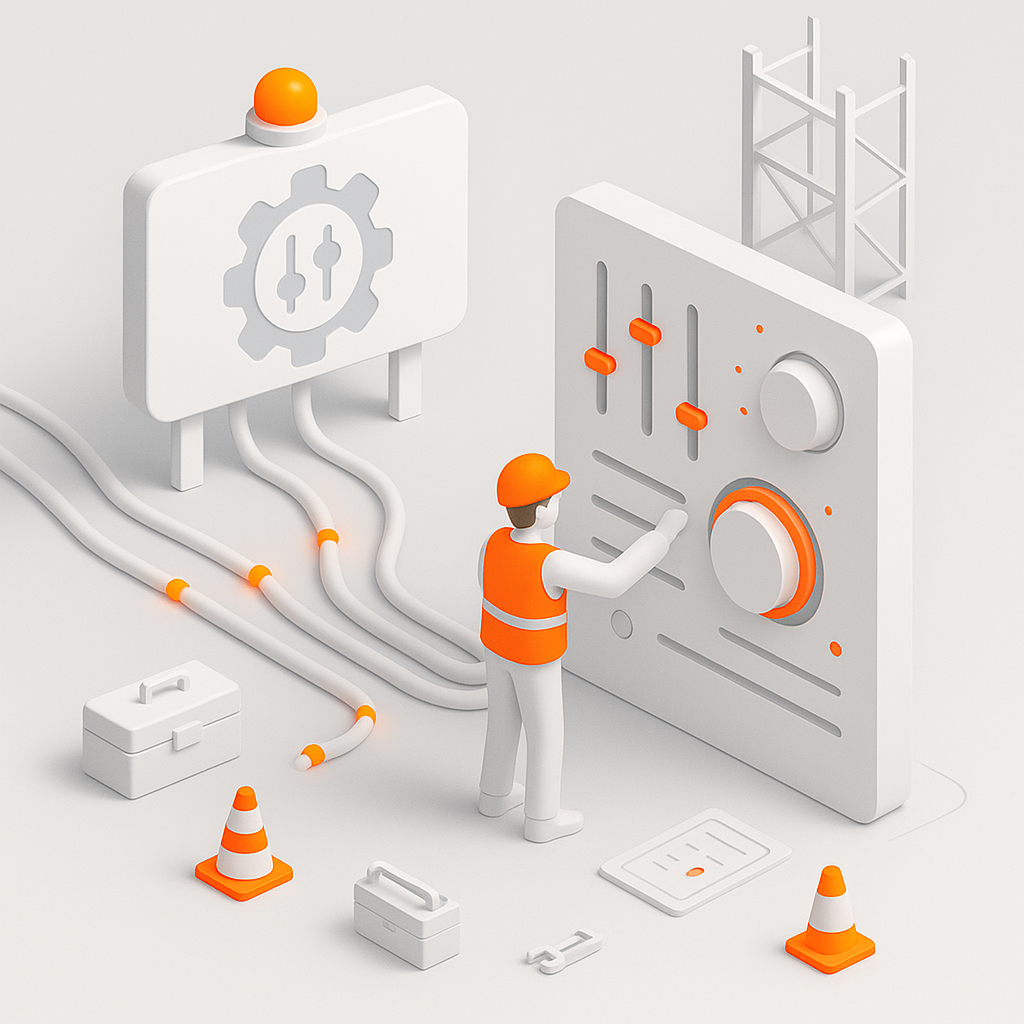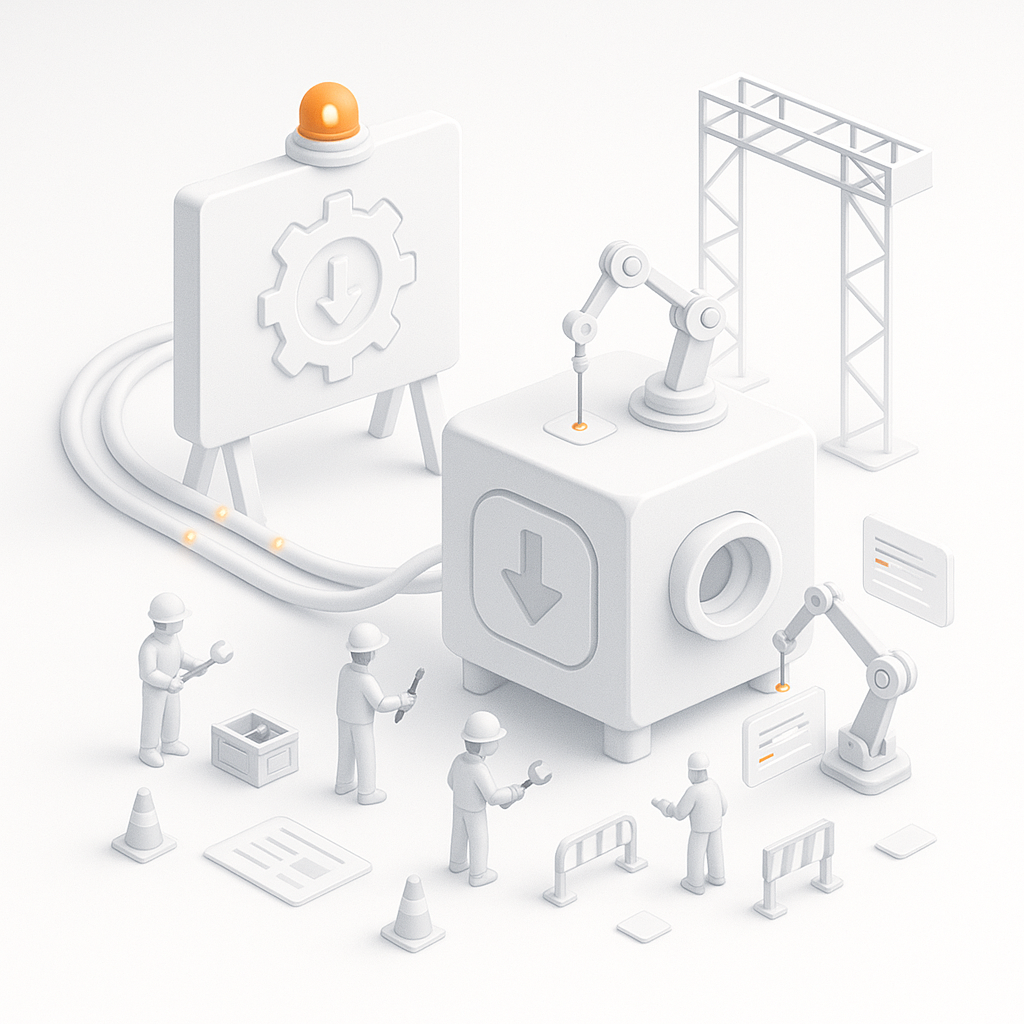1 Reading Samples
This guide provides a comprehensive overview of reading signal data within the impulse framework. The framework offers a rich hierarchy of interfaces designed for efficient and flexible data access, ranging from simple value retrieval to complex structural analysis. Introduction to Signals in impulse Signals are a core concept in the impulse framework, representing data streams […]
2 Iterating Samples
This guide provides a comprehensive overview of iterating through signal data within the impulse framework. The framework offers a rich set of interfaces designed for efficient and flexible navigation through signal data, from simple positioning to complex traversal patterns. Introduction to Sample Iteration Iteration is a core concept in the impulse framework, enabling flexible navigation […]
3 Writing Samples
This guide provides a comprehensive overview of writing signal data within the impulse framework. The framework offers a rich hierarchy of writer interfaces designed for efficient and flexible data generation, ranging from simple value insertion to complex structural composition. Introduction to Writing Signals Writing signals in the impulse framework provides a way to generate, transform, […]
4 Building Records
This guide provides a comprehensive overview of creating and managing records within the impulse framework. Records are hierarchical containers for signal data, and the framework offers powerful interfaces for building well-structured record hierarchies that support complex analysis and visualization. Introduction to Records in Impulse Records form the foundation of data organization in the impulse framework. […]
5 Property Models
Properties are a fundamental mechanism in the impulse framework for configuring functional blocks such as serializers, signal processors, producers, and other components. The property system provides a consistent way to define, validate, and access configuration parameters while enabling user-friendly interfaces for configuration. This guide explores the property system in detail, focusing on creating and using […]
6 Implementing a Record Reader
This guide provides a comprehensive overview of implementing custom readers in the impulse framework. Readers are the primary mechanism for importing data from external sources, transforming it into the impulse record structure, and making it available for analysis, visualization, and processing. Introduction to Readers in impulse Readers are a fundamental component in the impulse framework’s […]
